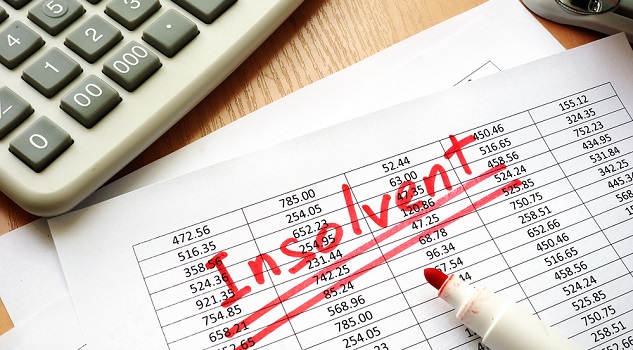While commercial credit demand grew moderately in Q1 2024, insolvency levels rose to the highest point since 2015, according to the latest data from credit information provider Equifax.
According to their Quarterly Commercial Insights – March 2024 report, commercial credit demand increased by +0.7 per cent in Q1 2024 compared to the same quarter the previous year. This was driven by growth in business loan applications (+1.8 per cent) and a marginal increase in asset finance applications (+0.5 per cent), although trade credit applications declined by -3.8 per cent.
Insolvency rates at the total market level increased by +41.1 per cent in the March quarter 2024 vs the same period in 2023, and are up +145.7 per cent on the same quarter in 2022. Additionally, Days Beyond Terms (DBT), the average time taken to pay back dues, has increased year-on-year, bringing the average DBT to 6.5 days. The construction industry continues to outpace the market, paying their dues on average 10.2 days beyond terms.
“The total number of insolvencies in March surpassed the previous highest monthly insolvency volume, which was recorded in September 2015,” Scott Mason, General Manager Commercial and Property Services at Equifax, said. “The ongoing growth in insolvencies raises questions about the survivability of many businesses, particularly those like the SMEs and sole traders in construction and hospitality, that are facing financial stress in both their professional and personal lives.”
According to Equifax data, sole traders and small-business owners in the construction and hospitality sectors are significantly more likely to be in mortgage arrears than consumers with no commercial commitments, indicating growing financial strain.
“Across the board, many Australian consumers are struggling, with data from our consumer bureau showing that early-stage mortgage arrears are up 30 per cent in the last quarter compared to two years ago,” Mason said. “Given this overall increase in arrears, it’s of even greater concern that sole traders and SMEs in the construction and hospitality sectors are significantly more likely to be facing mortgage stress.”
Equifax also noted that sole traders in construction are 60 per cent more likely to be in early mortgage arrears versus the average consumer, and SMEs in this sector are 30 per cent more likely to be in arrears. Similarly, sole traders in the hospitality sector are 75 per cent more likely to be in early mortgage arrears than the average consumer.
“These business owners are having to make some extremely difficult choices around whether to prioritise paying their business or personal expenses and, as a result, their mortgage repayments are starting to lapse,” Mason said.















